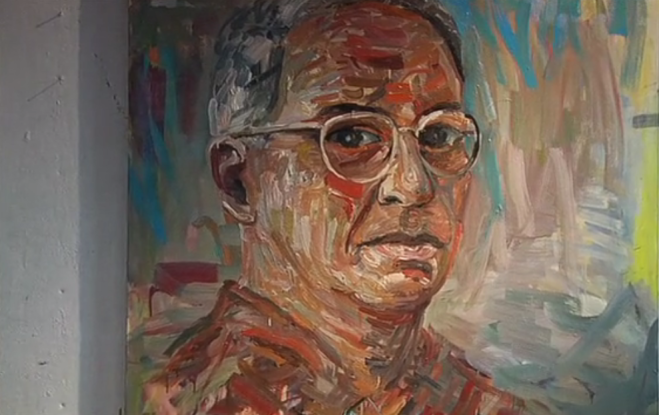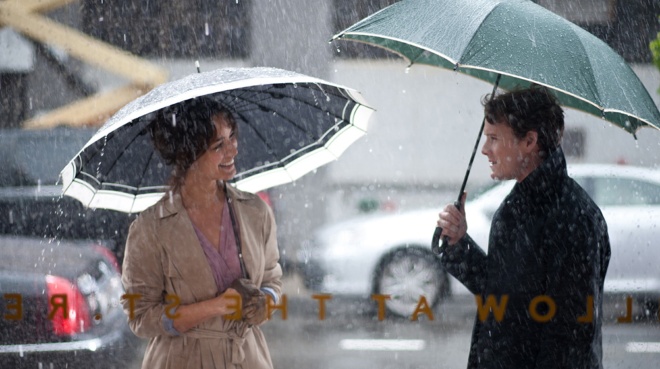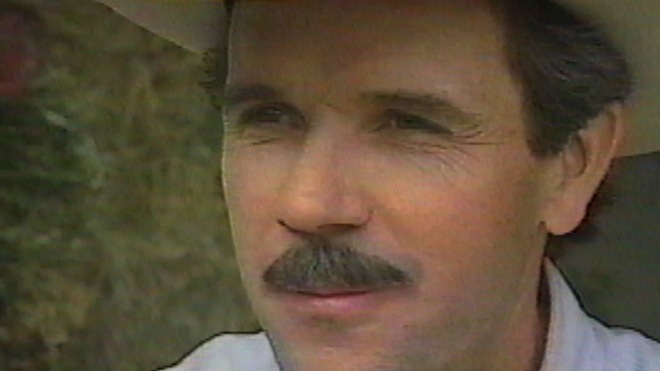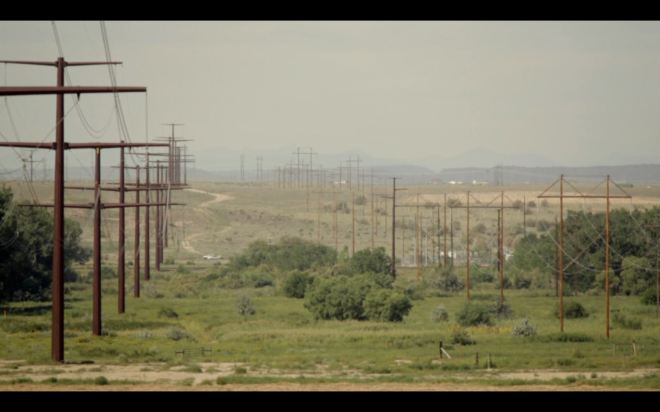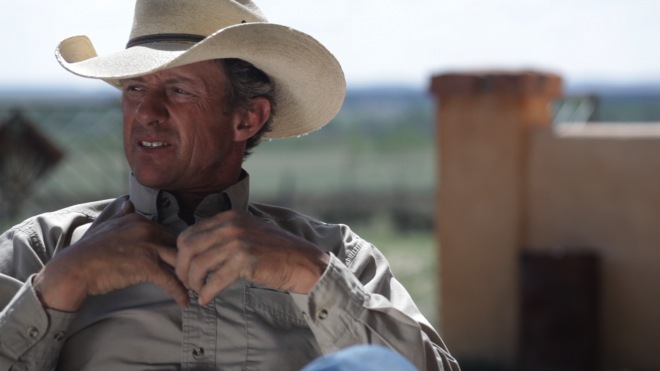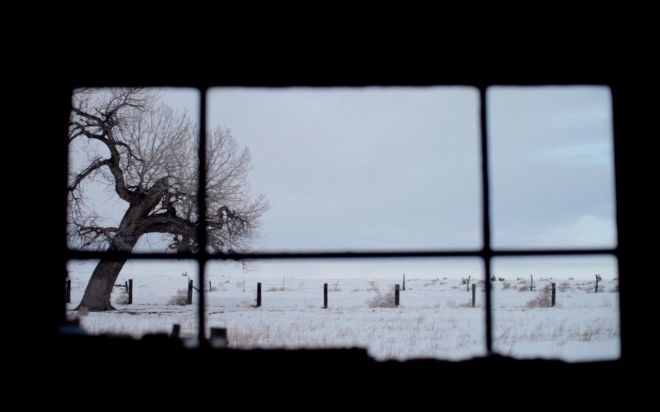If there was one thing that truly captured the American attention over the course of the past year — more so than the fleeting scandals in pro sports, social media memes or the zeitgeist TV shows and films — was the Ice Bucket Challenge fundraiser benefiting the ALS Association.
The ice bucket challenge rushed through every medium and every state just like the gravity-fueled plumes of frigid water onto the heads and shoulders of celebrities, politicos and average folk alike. Hardly anyone could have foreseen its magnificent viral trend.
In much the same way, watching Jon Imber work in his final months at the beginning of director Richard Kane’s moving documentary and then reconciling the great artist and teacher’s fate is like a sobering bucket of ice water to your soul. So many people took part in the trendy challenge, and yet so many may never see ALS up close or personal such as we see with Imber, his wife and his friends and colleagues as he adjusts to painting without the use of his dominant right hand and eventually not so much of his left hand either. We’re not necessarily thinking about the pain or the tremors in his body because Imber subdues them physically and finds them translating into new and unexpected strokes in his work.
In fact, the structure of going back through Imber’s early influences and early works does even more to put distance between the viewer and the ending in store, in such a way that it becomes a true storytelling experience via Imber’s contemporaries and friends rather than a simpler, straightforward exhibition of the man’s struggle toward the end of his life – instead, it’s an exhibition of his very being. Just as Imber describes a painting of his son Gabe as “a way to grab ahold of something that’s disappearing or lost,” this documentary captures a glimpse of a man who seems so vital and invigorated despite knowing he has a death sentence – a man who continues to grab ahold of what he’s about to lose, committing his time to portraits of friends and loved ones, allowing them to live on along with himself as the maker of their canvassed visages.
“Imber’s Left Hand,” beyond being a fascinating look into the life of an artist, also serves as a fine companion piece for another SDFF37 selection – “Cows Wearing Glasses” – in its examination of a storied artist’s choices regarding production and motivation when the former becomes all the more difficult to achieve, even if the latter abounds. Kane shows that Imber had plenty of both, lacking only time.
But for all its somber stakes, “Imber’s Left Hand” is far more in line with the SDFF37 panel reflecting on the work of Roger Ebert, as both men were weighed down by their physical ailments yet remained as strong-minded and strong-willed in their respective crafts right up until the end, and Kane captures dozens of captivating, personal and private moments that contextualize all the work Imber did before being unable to do any more.
“Imber’s Left Hand” gets its first SDFF37 screening at 7 p.m. Saturday, Nov. 15, at the Sie FilmCenter, followed by a 9 p.m. Sunday, Nov. 16, screening and another at 2 p.m. Monday, Nov. 17, also at the Sie.
